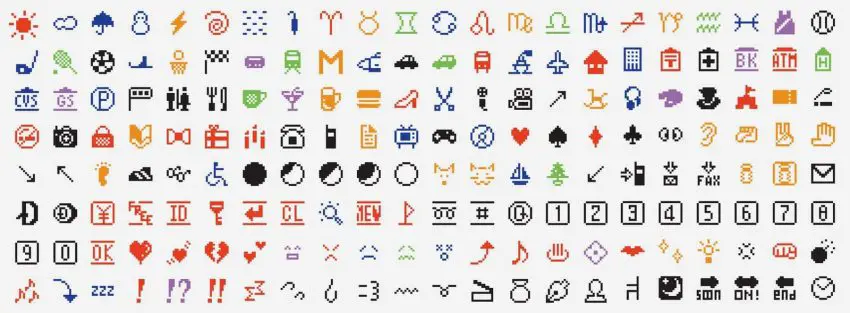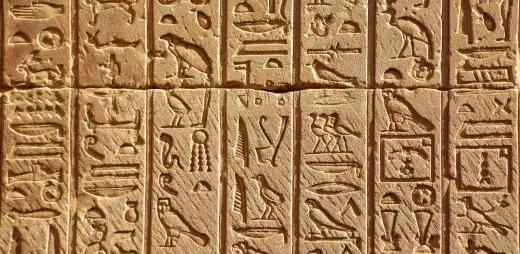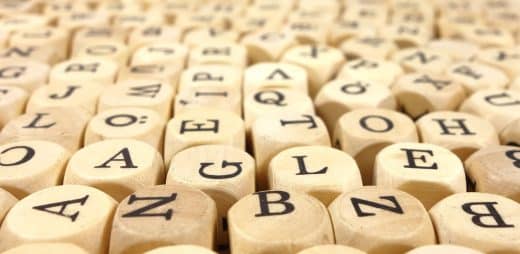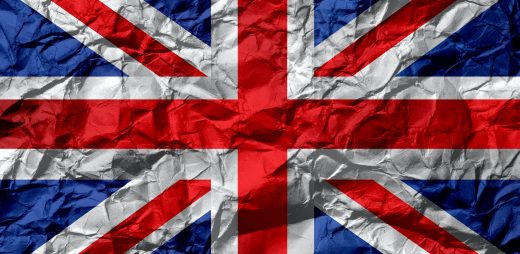This page contains a list of over 1,800 emojis that you can use with a simple copy and paste. They are compatible with all modern operating systems (iPhone iOS, macOS, Android, Windows, Linux...). These emojis can be used to make your profiles on social networks like Instagram, TikTok, twitter, LinkedIn, facebook or even Discord more attractive. They can also be used to enrich your subject lines and email bodies, as on outlook and gmail.
Emojis / Smileys
🙂 All copy/paste emojis ✂️📝
Emojis
Emojis to copy / paste ✂️📝




















